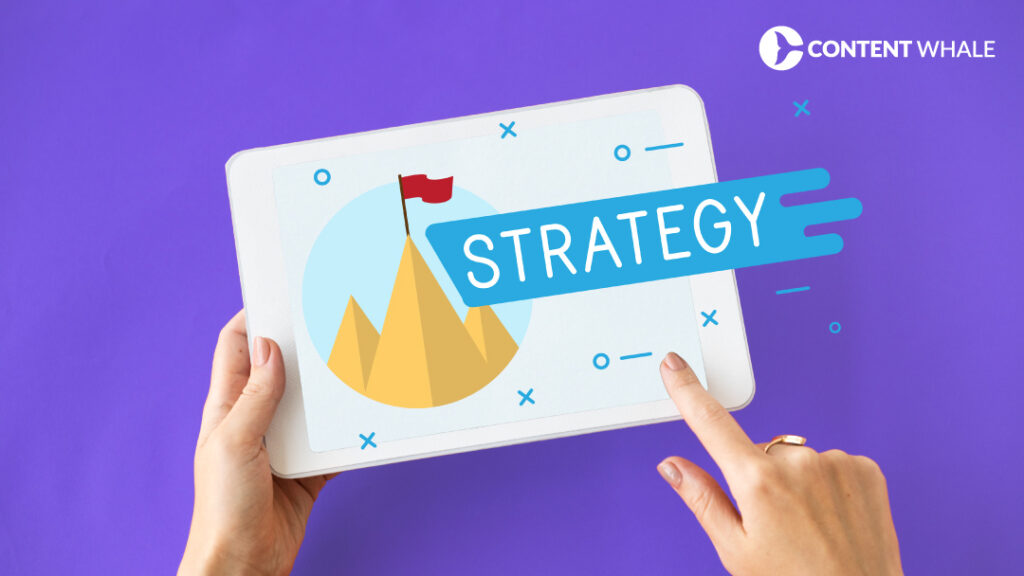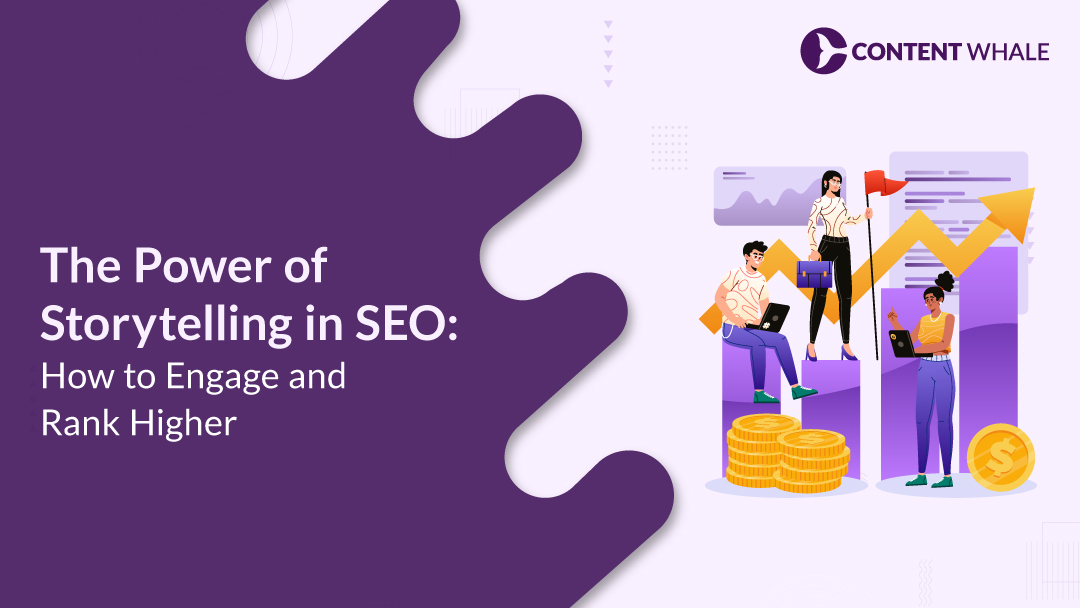SEO is essential for driving traffic to your website. But SEO isn’t just about keywords and technical optimizations. User engagement is a crucial factor in how Google ranks content. That’s where storytelling in SEO comes into play—by weaving compelling narratives into your content, you can captivate your audience while improving your site’s SEO metrics like dwell time and bounce rate.
In this blog, we’ll explore how storytelling in SEO can boost your rankings and deepen audience engagement, all while keeping your content relevant and optimized.
1. The Intersection of Storytelling and SEO
SEO is evolving beyond traditional keyword strategies. Search engines now prioritize user experience, including how long visitors stay on a page (dwell time) and how engaged they are with your content (measured by bounce rate and click-through rates).
Storytelling in SEO naturally encourages longer page visits by presenting information in a way that resonates emotionally with readers, thereby enhancing user engagement metrics. You can learn more about the importance of user experience in SEO here.
A compelling story taps into human emotions, creating a more immersive experience that holds attention longer than straightforward, factual content. This makes readers more likely to engage with and share your post, helping to drive organic traffic and even generate valuable backlinks. For insights on balancing storytelling with SEO, check out this guide.
2. How Storytelling in SEO Engages and Retains Audiences

The human brain is hardwired to love stories. Whether it’s through visual storytelling, metaphors, or real-life case studies, the narrative structure helps us process and retain information more effectively. In the context of SEO, this can translate into improved engagement and better performance on search engines.
Emotional Connection
Stories evoke emotions and help build a personal connection between the reader and your brand. This emotional bond is crucial for SEO because engaged users are more likely to explore other sections of your site, thereby improving your bounce rate and dwell time.
By addressing your audience’s pain points through relatable characters or situations, you can drive more meaningful interactions with your content. Learn how to tailor your brand’s narrative with this storytelling in SEO best practices.
Structuring Stories for Engagement
Just like a well-crafted novel, your blog should follow a logical progression with a beginning, middle, and end.
This narrative flow not only keeps readers engaged but also helps guide them through your site.
Structured content—especially when combined with SEO-optimized headings and subheadings—improves readability and makes it easier for search engines to crawl and index your content.
3. Key SEO Benefits of Storytelling Techniques
Storytelling in SEO is about more than just telling a good story—it’s about how you incorporate storytelling techniques to maximize SEO value. Let’s take a look at some of the top storytelling methods that boost storytelling in SEO:
Visual Storytelling
Images, videos, and infographics are powerful tools to complement your text and make complex ideas easier to understand. They help break up large blocks of text, making the content more digestible.
By including SEO-optimized alt text for these visual elements, you not only enhance user experience but also improve your site’s on-page SEO. For more on optimizing visuals for SEO, check out this article.
Metaphors and Analogies
Using metaphors and analogies helps simplify complex concepts, making them more accessible to readers. For instance, comparing a website’s SEO strategy to the “backbone of digital marketing” makes it easier to grasp its importance.
Such figurative language makes your content more engaging while improving its readability—a factor that Google takes into account when ranking content.
Leveraging User-Generated Stories
Incorporating user-generated content like testimonials, case studies, and customer stories adds authenticity to your site. This kind of storytelling not only improves trust but also encourages shares and backlinks.
These backlinks are critical for boosting your website’s domain authority, which can lead to improved rankings. You can read more about user-generated storytelling strategies here.
4. Crafting a Story-Driven SEO Strategy
To make the most of storytelling in SEO, you need to ensure that your narrative aligns with your overall SEO strategy. This includes integrating primary and secondary keywords naturally into your storytelling.
Aligning Your Keywords with Storytelling
It’s essential to align your story with your SEO keyword strategy. Instead of overloading your content with keywords, make sure they flow naturally within the context of your story.
For example, a blog about cloud services could weave in keywords like “cloud computing solutions” and “IaaS providers” by narrating a business’s journey in scaling its infrastructure using cloud technology.
Optimizing Content Structure for SEO
A well-structured story improves not just readability but also how search engines index your content. Use SEO-optimized headers (H1, H2, H3) to break up your content into logical sections.
By doing this, you make it easier for readers to follow your narrative and for search engines to understand the structure of your blog, improving on-page SEO.
5. Measuring the Impact of Storytelling on SEO

Once you’ve integrated storytelling into your SEO strategy, it’s important to measure its impact. Use analytics tools like Google Analytics to track key metrics such as:
- Bounce rate: A lower bounce rate indicates that your content is engaging and encourages readers to explore further.
- Dwell time: Longer time on page shows that your story is holding readers’ attention.
- Backlinks and social shares: Engaging stories are more likely to be shared and linked to, improving your site’s authority and search rankings.
By tracking these metrics, you can refine your storytelling techniques to optimize your SEO results.
Conclusion

Storytelling is a powerful and strategic tool for SEO. It not only captivates your audience, but also enhances your SEO metrics like dwell time, bounce rate, and engagement.
By integrating storytelling into your SEO strategy and aligning it with your brand’s narrative, you can create content that resonates with readers and ranks higher on search engines.
Ready to take your content strategy to the next level? Start incorporating storytelling in SEO today and watch as your rankings soar.
______
This blog is crafted by Content Whale, your trusted partner for high-impact, SEO-optimized content that delivers measurable results. If you’re looking to elevate your brand, boost your rankings, and outpace the competition, we’re here to help. Contact us today, and let’s create content that drives success and takes your business to the next level.
FAQs
How does storytelling help with SEO?
Storytelling helps SEO by improving engagement metrics like bounce rate and dwell time, leading to higher search engine rankings. It also attracts backlinks and social shares.
Can storytelling improve user engagement?
Yes, storytelling emotionally connects with readers, keeping them on the page longer and encouraging them to explore more content on your site, which improves SEO.
What are some storytelling techniques that boost SEO?
Techniques like visual storytelling, using metaphors, and leveraging user-generated stories are effective ways to enhance engagement and improve SEO.
Does Google prioritize content with storytelling?
Google rewards content that keeps users engaged and meets their search intent. Well-crafted storytelling naturally improves these engagement metrics, boosting SEO rankings.
How do I measure the effectiveness of storytelling in SEO?
You can measure the effectiveness of storytelling through metrics like bounce rate, dwell time, backlinks, and social shares using tools like Google Analytics.





